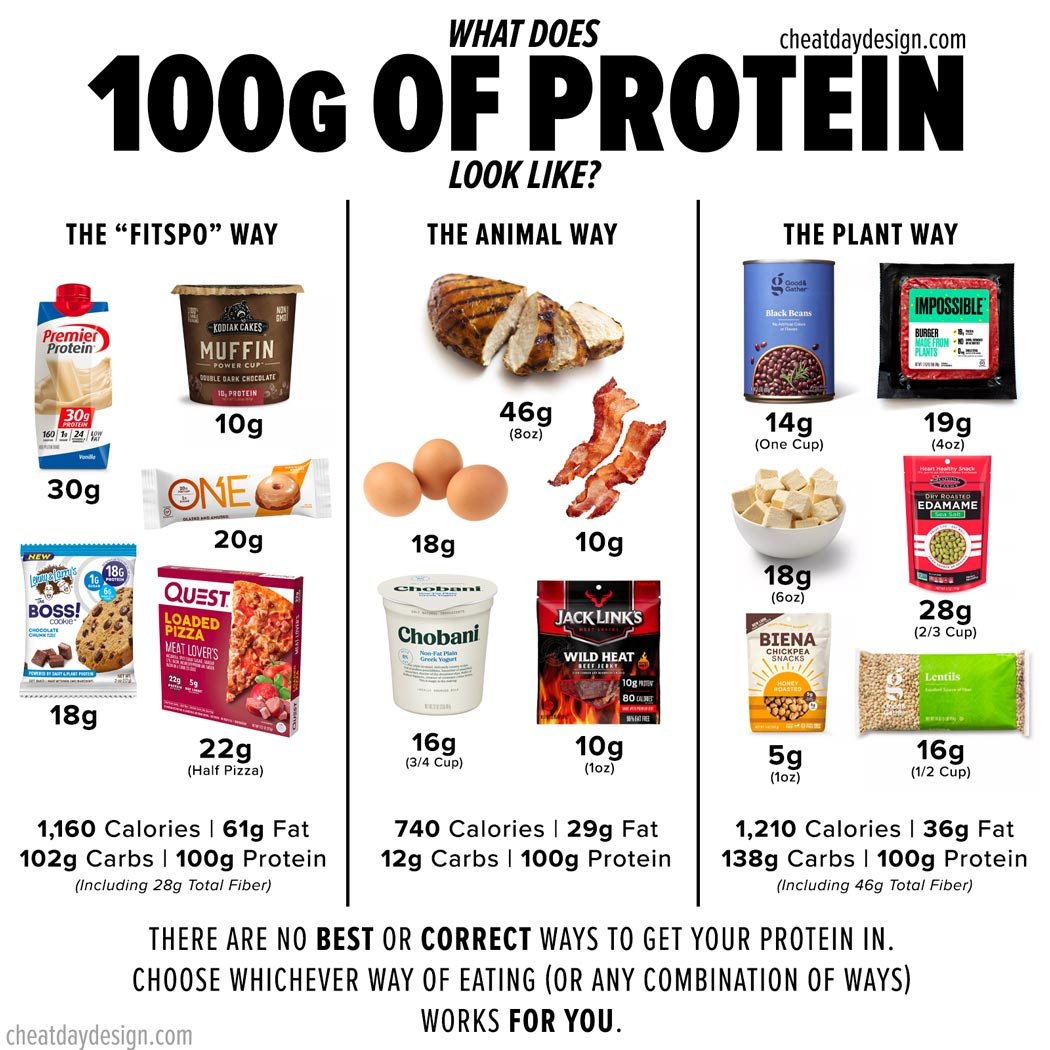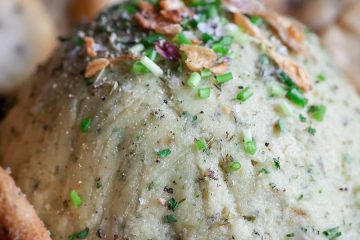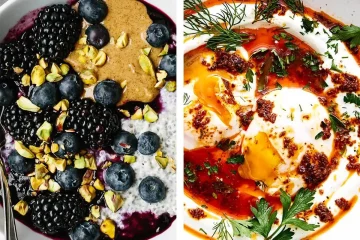“I can’t eat enough protein” is something I hear a lot.
The thought of eating 100+ grams of protein in a day is just impossible to some people.
I want to show you that it can actually be quite easy to hit those goals. Whether you love protein shakes and want to drink those, or you want to follow a 100% organic vegan lifestyle, there are plenty of high-protein options for you.
If you want to see how much protein I recommend you consume on a daily basis, check out my FREE Calorie & Macro Calculator


Why 100g of protein?
100g of protein is just a nice round number to use as an example here, and certainly a number you don’t have to aim for.
A lot of people aim to eat their weight in protein (more on that in a moment) and I’m going to go out on a limb and assume that most of us weigh more than 100 pounds, so it’s a simple number we can all relate to on some level.
If you’re not currently consuming a lot of protein, 100 grams likely sound like a very high (not to mention unattainable) amount, which is why I want to aim for that number here.
For many of us, 100g of protein is actually a great target, but most of us can benefit from even more…
How much protein do you actually need?



Can you just aim for 100g of protein and call it a day?
Sure, you could.
But there’s a much better (and easy) way to find how much protein you should be consuming. Don’t worry, it’s simple math!
The most widely recommended amount is 1g per pound of bodyweight.
You’ve likely come across that recommendation in your search for answers on how much protein you should be eating.
I’ll admit, I aimed for 1g of protein per pound of body weight for a very long time (which would be 185g of protein for me), and I even bumped it up to 1.5g per pound of bodyweight at one point. That meant that I was eating 275g of protein per day at one point!
2 things about that…
- It is very, very expensive
- It will wreak havoc on your body. To put it less delicately: it will give you the worst gas of your life.
You DEFINITELY do not need that much.
Since I dropped my protein intake a bit, my progress in the gym has actually improved!
Why is that?
Because my body is now getting extra carbs and fats (since my protein levels are lower), and it has my body feeling much better! Not to mention, significantly less gassy.
Aim for 0.6g – 0.8g per pound of bodyweight



Generally speaking 0.6g – 0.8g per pound of bodyweight is a great range to aim for. I tend to lean towards the higher end of that range, but if you struggle to eat enough protein, or you’re just starting out, start on the lower end!
You may be thinking “But Matt, 0.8g is basically 1g”. Technically speaking, you’d be correct.
But if you weigh 150 pounds, that’s a difference of 30g of protein.
Over the course of a day, you may find it significantly easier to consume 120g of protein than 150g.
1g per pound of bodyweight definitely works, and I’m personally fine with that number if that’s the route you want to go.
It makes for much easier math, after all.
Some people talk about the dangers of consuming too much protein, but 1g per pound of bodyweight is not going to be anywhere close to dangerous levels.
If you feel better eating that much, go for it! But understand that you don’t need to consume that much.
When you’re in a calorie deficit, it’s definitely wise to keep your protein intake high, so the 1g per pound of body weight can certainly work in those situations.
I like to set ranges for myself because I know that every single day is going to be slightly different. Rather than stressing about hitting one specific number, I find it much more beneficial to aim for a range to stay within.
If you’re in a maintenance or muscle building phase, you can let your protein drop slightly lower to get some extra carbs in to aid your energy and performance. If you’re dieting and in a deficit, I highly recommend sticking to the higher end of that range (even up to 1g per pound if you’d like).
Be sure to check out my free calorie & macro calculator to get my recommendations!
Why should we care about eating high amounts of protein?
Protein is not only essential for everyday living, but hugely beneficial if you have specific goals in mind.
Yes, you can have “too much” protein, but it would take huge amounts consistently over a long period of time- something that the majority of people do not need to worry about.
Let’s look at why protein is so important:



Protein for everyday living
When it comes to everyday life, protein is vital for a healthy life.
Our bodily functions rely on protein, and everything from your immune system to your digestive system relies on protein.
Adequate protein helps with digestion, blood clotting, bone health, hormone production, and much more.
Protein for building muscle
What you’ve heard 1000 times is true- protein is the building block of muscles.
If the goal is to build muscle, we know that you need to be in a calorie surplus (AKA you need to eat higher calories than you’re burning).
But if you’re eating a ton of calories with very little protein, it’s going to be much harder to build muscle and get stronger!
While you will definitely be able to build some muscle without eating tons of protein, you’re making the job much harder for yourself by no maximizing your protein intake.
Even if muscle building isn’t the goal, see the previous explanation for everyday life. Adequate protein is necessary to make sure your body is functioning optimally, so you definitely want to prioritize it.
Protein for weight loss
When you’re in a calorie deficit (or dieting) protein is the most important.
It’s recommended to increase your protein intake when you’re dieting, for a few reasons- most importantly, it allows you to hold onto as much muscle as possible.
If you’re in a calorie deficit for a long time, you’re bound to lose some muscle as you lose weight, but prioritizing protein will help minimize that effect.
And I don’t know about you, but I’d like to hold onto as much muscle as I can to make sure I’m losing mostly fat!
Protein is also satiating, helping you to stay full while eating less than you’re used to, and the thermic effect of protein is the highest of all the macronutrients, which means it requires the most energy to digest, burning more calories.
Note that the thermic effect is very minimal, so don’t go eating protein thinking you’re magically burning a ton of calories. But, every little bit helps!
Food sources to help you hit 100g of protein



Maybe you’re actually aiming for around 100g of protein, or maybe you’re aiming for even more. Where do you get all your protein from?
That answer largely depends on your diet, your lifestyle, and your preferences.
So, let’s look at some different options for ya.
“Fitspo” Protein Sources
The problem is that too many people think that they need to eat the “fitspo” way to hit their protein goals.
Getting 100+ grams of protein doesn’t have to mean eating protein bars, protein shakes, protein cookies, etc.
But, it certainly can!
I have absolutely no issue with protein bars or shakes, but I don’t believe they should be your sole source of protein. If you eat a well-rounded diet, you should be able to get plenty of protein in your day.
That being said, I enjoy a protein bar every day. No, I don’t need protein bars, but I really enjoy them.
I workout early in the morning and like to have a little snack before I lift, and protein bars are perfect for that.
If you struggle to hit your protein goals, high-protein products like these can certainly help. While there are thousands of options out there, let’s look at a few of them…



Premier Protein Vanilla Shake
160 Calories | 3g Fat | 4g Carbs | 30g Protein



Kodiak Cakes Muffin Power Cup
290 Calories | 11g Fat | 39g Carbs | 10g Protein



ONE Maple Doughnut Protein Bar
220 Calories | 8g Fat | 23g Carbs | 20g Protein



Lenny & Larry’s “The Boss!” Cookie
220 Calories | 12g Fat | 18g Carbs | 18g Protein



Quest Nutrition Meat Lover’s Pizza (Half Pizza)
270 Calories | 17g Fat | 18g Carbs | 22g Protein
Overall nutrition for all of the “fitspo” options:
1,160 Calories | 61g Fat | 102g Carbs (28g Fiber) | 100g Protein
While consuming these products will help you get extra protein into your diet, it is also a very expensive way of eating!
I’m all for enjoying these foods if you enjoy them and can afford it, but your wallet will thank you if your diet isn’t exclusively made up of these products…
The problem with the “Fitspo” way of eating
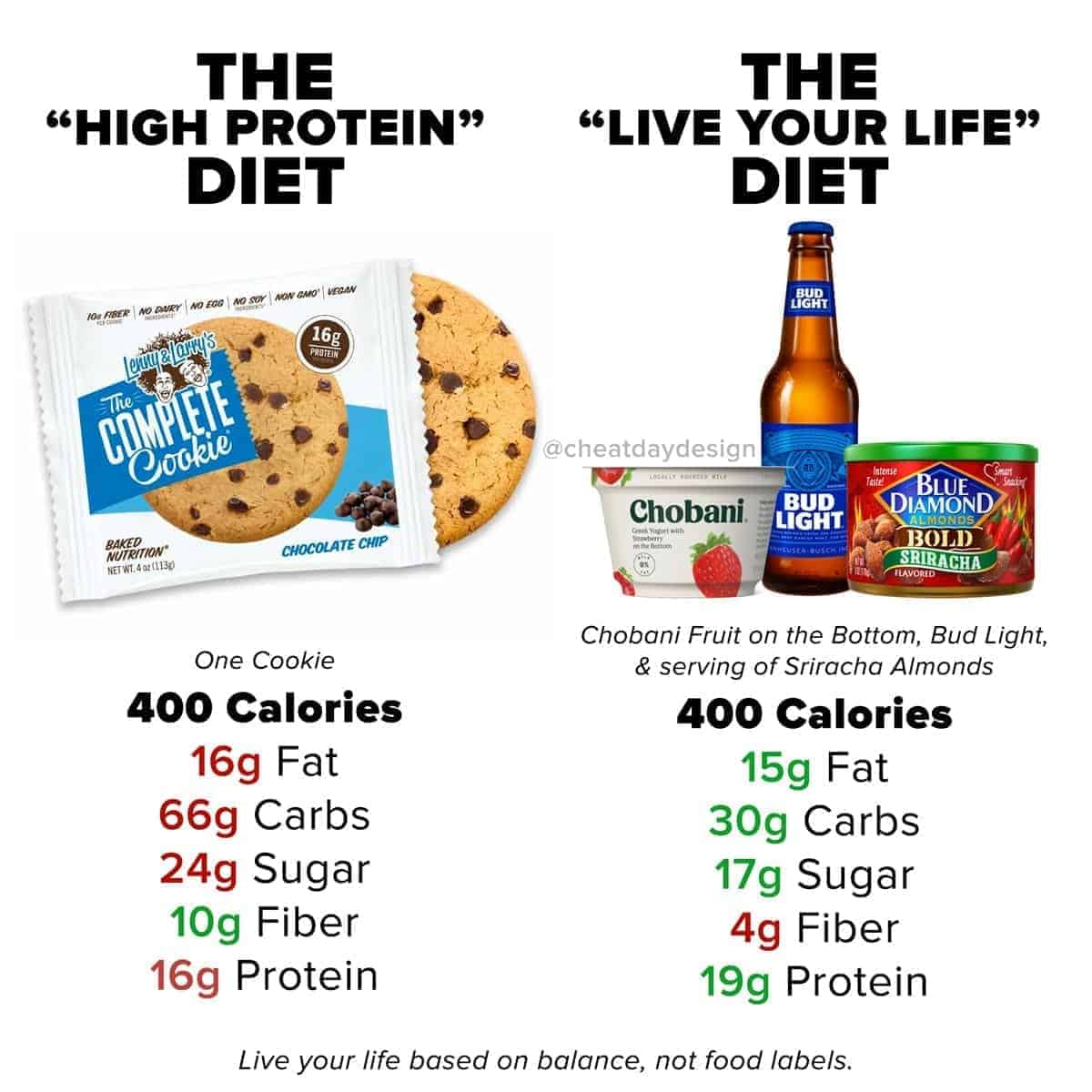


Most protein bars are just candy bars with extra protein. But we view them as healthy because they’re called protein bars.
Lenny & Larry’s Complete Cookies are viewed as healthy protein cookies, but in reality, they’re just regular cookies with some added protein.
There’s nothing wrong with eating a high-protein cookie, or a protein bar, or any other snack for that matter.
But there is absolutely something wrong with consuming it INSTEAD of other foods you enjoy, just because you assume this is a healthier option.
Look at this nutrition comparison above. The right comes out on top in almost every single category, except having slightly less fiber.
You can eat flavored Greek yogurt, flavored almonds (the sriracha ones are amazing, by the way) and a beer, and come out with more favorable nutrition (with the same amount of calories) than a single protein cookie.
Just because a food isn’t labeled as “healthy” or “protein whatever”, it doesn’t mean it’s bad for you. You can pair a beer, which most view as empty calories, with some delicious, healthy snacks and still be well within your goals.
Don’t let your pursuit of a high-protein diet make you blind to everything else there is!
High-protein snacks can be a great way to help you hit your protein goals, but they are not something you HAVE TO consume.
Don’t automatically grab a snack because it has the word “protein” on the label.
Learning to read and understand nutrition labels is the best gift you can give yourself. By relying on the marketing jargon on the front of packages, you’re forced to think whatever companies want you to think.
By looking past those, you can build a diet based around what YOU like and what YOUR goal are.
Animal Product Protein Sources
Animal-derived products tend to be very high in protein.
There’s a reason why the classic bodybuilding diet is made up of chicken and rice- because chicken is absolutely loaded with protein.
Most animal products are going to be very low carb, high protein, and a moderate amount of fat.
There are tons of examples of animal-derived protein sources that we won’t dive into here (steak, cheese, fish, to name a few) but here are some great options…



8oz Chicken Breast (Kirkland)
220 Calories | 3g Fat | 0g Carbs | 46g Protein



3 Eggs
210 Calories | 15g Fat | 0g Carbs | 18g Protein



Plain Nonfat Greek Yogurt (¾ Cup)
90 Calories | 0g Fat | 6g Carbs | 16g Protein



Center Cut Bacon (2 Strips)
140 Calories | 10g Fat | 0g Carbs | 10g Protein



1oz Beef Jerky
80 Calories | 1g Fat | 6g Carbs | 10g Protein
Overall Nutrition for all of the animal options:
740 Calories | 29g Fat | 12g Carbs | 100g Protein
Let’s be clear: I’m not advocating the carnivore diet here, and I don’t recommend the above as a full day of eating!
We should all be eating plenty of fruits and vegetables in our diet.
But this is to show you just how easily you can get 100g of protein into your diet with relatively small amounts of food.
I mean, for only 740 calories, it’s clear how easily you can pack some extra protein into your diet with animal-derived foods.
Plant-Based Protein Sources
It’s not only animal products that are high protein- there are a ton of high protein plant-derived foods, too.
With so many people turning to plant-based diets, one of the major criticisms I hear is that it’s difficult to get enough protein when eating like that.
While it may be true that it’s a bit more difficult, it’s far from impossible…



1 Cup Black Beans
220 Calories | 0g Fat | 40g Carbs | 14g Protein



Impossible Ground Beef
240 Calories | 14g Fat | 9g Carbs | 19g Protein



Lentils (½ Cup Dry)
200 Calories | 1g Fat | 46g Carbs | 16g Protein



Dry-Roasted Edamame (2/3 Cup)
260 Calories | 10g Fat | 18g Carbs | 28g Protein



Extra-Firm Tofu (6oz)
180 Calories | 9g Fat | 6g Carbs | 18g Protein



Roasted Chickpeas (1oz)
110 Calories | 2g Fat | 19g Carbs | 5g Protein
Overall nutrition for all of the plant options:
1,210 Calories | 36g Fat | 138g Carbs (46g Fiber) | 100g Protein
Eating plant-based foods typically comes with higher carbs and much higher fiber overall.
If you’re vegan, be sure to switch up your protein sources so you’re not always consuming super high amounts of fiber.
While fiber is great for you, too much of it is going to cause you some…discomfort.
If you’re looking for some additional plant-based protein sources, here are quite a few more for ya!

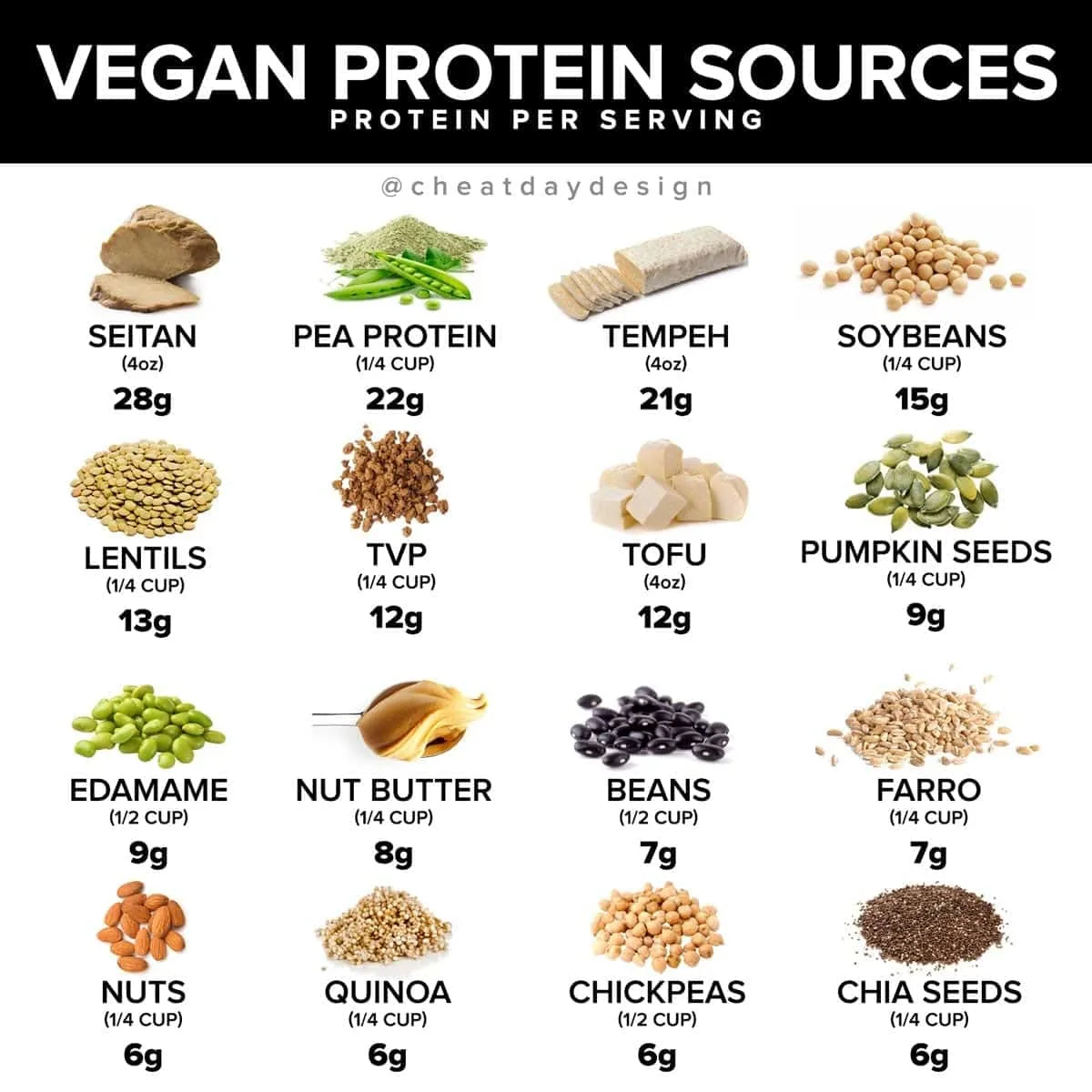

Nuts & nut butter may not be the highest in protein, but they’re a great way to make sure your plant-based diet is well-rounded buy providing some extra fat with very few carbs.
Additional food options to help you hit 100g of protein
Outside of the options listed above, there are plenty of other foods out there that can help you hit 100g of protein.
Some of them, like a regular loaf of bread, may surprise you by just how much protein it actually contains.



Sure, none of these foods are packed with 50g of protein, but we’re looking beyond the obvious protein-packed foods like chicken, eggs, greek yogurt, tofu, etc.
These are all foods that I personally enjoy, and surely there are plenty more that can get added to this list.
If you struggle to hit your protein goals, and the options listed throughout this blog post don’t do it for ya, these simple additions to your diet can really help!
Have a veggie burger and some feta cheese wrapped up inside a lavash, and you have a quick and easy 35g of protein!
Hitting your protein targets doesn’t need to be difficult, and it certainly doesn’t need to be boring- be sure to check out my high-protein recipes to help!
Plenty of people will tell you to avoid bread, but depending on which type you go with, you can be getting in an extra 12g of protein by eating it! And who doesn’t want bread in their life?
Crazy people, that’s who.
Hitting 100g of protein doesn’t mean consuming food with only 20+ grams of protein.
If you add in foods throughout your day with a little bit of extra protein, it can add up quickly.
I mean, if you eat everything in the graphic above, you’ll be getting 137g of protein and only 1,500 calories! Granted, it would probably be tough to turn these foods into well-rounded meals, but the point remains.
Conclusion: there is no wrong way to get your protein
I’ve listed tons of different areas to get protein into your diet, but what I really want you to takeaway from this post is this:
Eating high-protein is important, and there is no wrong way to do it.
I always prioritize protein in my diet, and it has served me very well.
Sure, my goal is to build & maintain muscle, but it helps in many other areas as well.
It helps keep me full & satisfied, it gives me quality energy, and dare I say, it keeps me regular. Don’t be afraid of eating too much protein- that’s a very difficult thing to do.
If you want to aim for 100g of protein, I hope you now realize that it’s much easier than it sounds.
Want more protein in your life? I’ve got TONS of free high-protein recipes right here on my site to help: check them out here.
And don’t forget that if you want to calculate exactly how much protein you should be consuming in a day, you can use my FREE Calorie & Macro Calculator.

